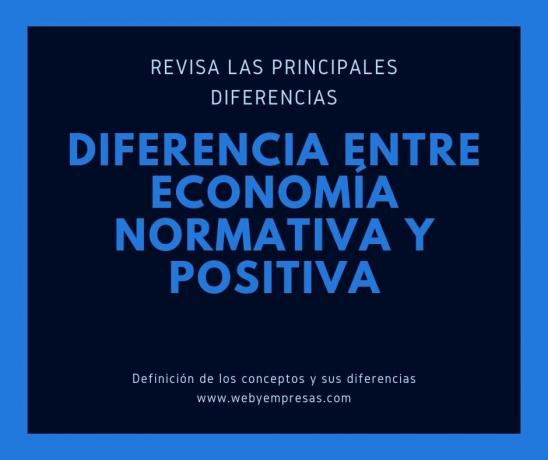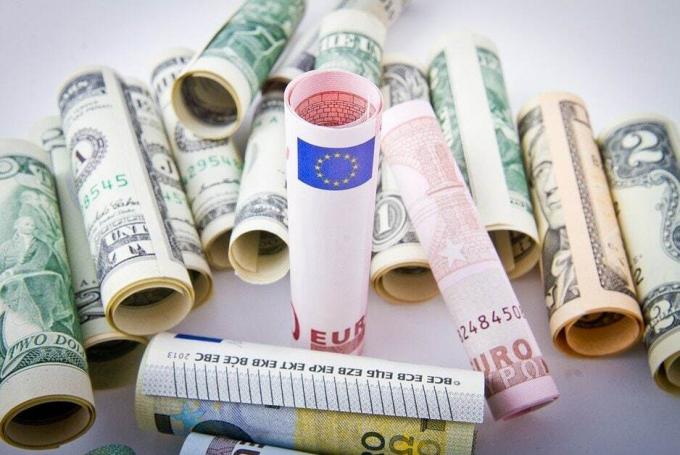Economics is generally conceptualized as the science or branch of knowledge that seeks to manage the scarce available resources. It is done with the intention of satisfying the needs of the human being.
Like all science, economics has several subdivisions. This is why it is usually divided into Positive and Normative Economics:
Advertisements
- Positive economics describes the world as it is presented, objectively. Its character is scientific.
- Normative economics recommends solutions to economic problems. Try to give a solution in a subjective way. Its character is political.

In this article you will find:
What is Positive Economics?
The positive economy It is the branch of economics that objectively studies what happens in the economic world. Also, its relationships and the forces that are produced in it. Try to answer why an event happens from the point of view of reason.
Advertisements
Similarly, it describes economic events in a specific way, seeking to project their consequences and identify their causes through accurate and concrete data. Without making a judgment or opinion about it.
Nor is it responsible for remedying or solving economic problems, or indicating that the presence or absence of an economic condition is favorable or not.
Advertisements
It is therefore a matter of theorizing the concepts of economics, of what has been, what is or what could become within the framework of economic theory either in its branches: the microeconomics wave macroeconomy.
Examples of Positive Economics
- Inflationary index last month.
- Price of the dollar for a specific day.
- Growth rate of GDP during the year.
- Demand for a product.
- VAT rate.
What is normative economics?
On the other hand, normative economics applies criteria to make economic decisions. Make judgments, use subjective thinking to solve economic problems.
Advertisements
It corresponds to an opinion on what is considered necessary to do. On the other hand, it is not objective since it opines from its individual point of view and even as a government policy, which is the best way to face an economic situation.

Advertisements
In addition, it is made up of various currents of thought. Among them the mercantilism, the economic liberalism, neo socialism, among many other ideologies or economic policies.
It basically gives answers to the questions that tend to explain the economic world, about what should be done or what should be, what would be ethically desirable or not in the field of economy.
It is based on the concepts of positive economics, assesses the economic situation from a point of view subjective and issues guidelines about what should be done, giving recommendations of what it considers to be the best solution.
Examples of Normative Economics
- Inflationary index last month has hurt the commercial sector
- GDP growth in 2017 decreased the purchasing power of the poorest people
- Salaries should be increased by 10%
- To improve the economy, more consumer goods should be produced
Differences between Positive and Normative Economics
Among the differences that exist between Positive and Normative Economics can be mentioned:
- Positive economics identifies what is, regulations reason what should be.
- The positive is objective, the regulation is subjective.
- Positive economy is verifiable, the regulations issue judgments and value criteria.
- The positive is theoretical and scientific, the regulations develop approaches and generate ideas for thought.
- The positive can be descriptive, macroeconomic or microeconomic and the regulations can be as extensive as branches of political-economic, political-fiscal and political-monetary thought exist.
- Finally, while the positive is theoretical, the regulations are practical.


